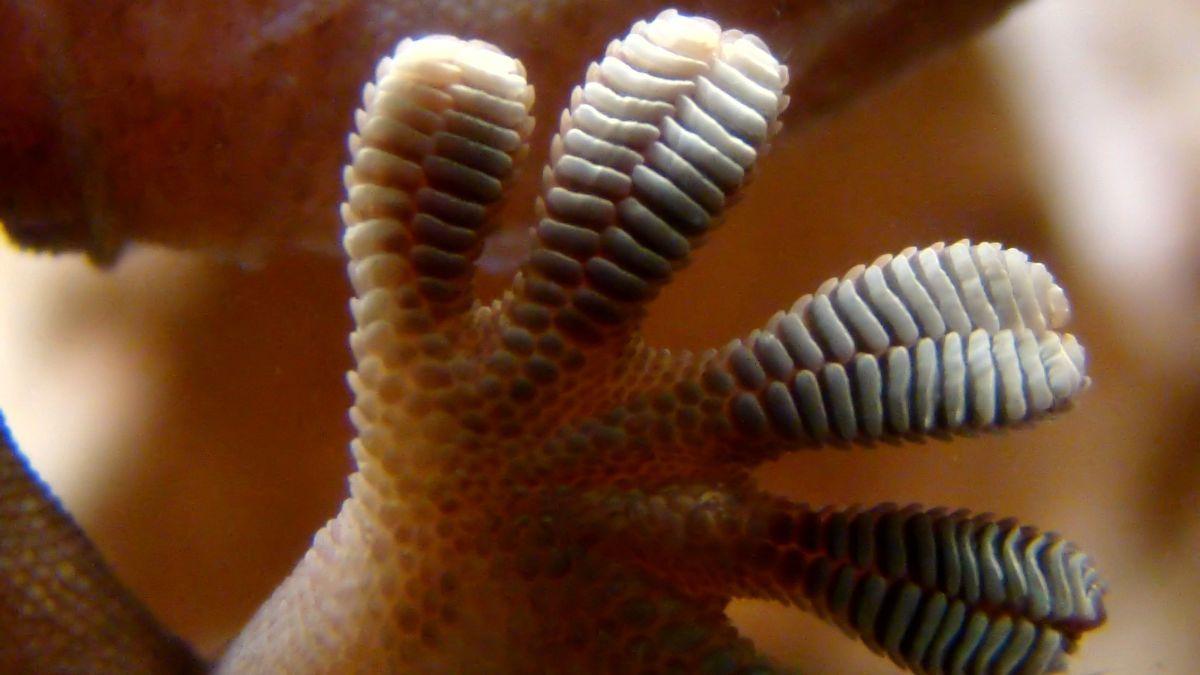NASA Tests ‘Gecko Gripper’ For Spaceflight Stickiness
To deal with the growing problem of dangerous space junk, NASA’s Jet Propulsion Lab (JPL) has turned to nature for a sticky solution.
The “Gecko Gripper” system is modeled after the sticky feet of the gecko. The little lizards have no problem climbing various surfaces because their feet are covered with tiny hairs that give them a stable grip. NASA recently tested its own version in microgravity and other simulated space conditions on materials used in spacecraft, successfully demonstrating that it can attach to them and move them.
That’s important, because Earth orbit is getting increasingly crowded. More than 21,000 pieces of orbital debris larger than 3.9 inches are out there, and in 2009 one of these collided with and destroyed a communications satellite.
“Orbital debris is a serious risk to spacecraft, including the International Space Station,” said Aaron Parness, a JPL robotics researcher who is the principal investigator for the grippers. “This is definitely a problem we’re going to have to deal with. Our system might one day contribute to a solution.”
The gripper would potentially be attached to robotic arms that spacecraft could use to move this junk out of the way.

JPL’s attempt at a gecko foot uses synthetic “hairs” on adhesive pads. The hairs are “wedge-shaped and have a slanted, mushroom-shaped cap.” The more the hairs’ surface area touches the object, the more the gripper sticks. The adhesion can be turned on by bending the hairs to make more contact with the object, and off by straightening the hairs to decrease contact.
In both geckos and gecko gripper, the hairs are sticky because of a phenomenon called van der Waals forces. These forces are the result of the fact that electrons orbiting the nuclei of atoms are not evenly spaced and create a slight electric charge that causes the objects to stick. And since the effect works anywhere, it’s particularly useful for NASA.
“The reliability of van der Waals forces, even in severe environments, makes them particularly useful for space applications,” Parness said.
[Source: JPL]





